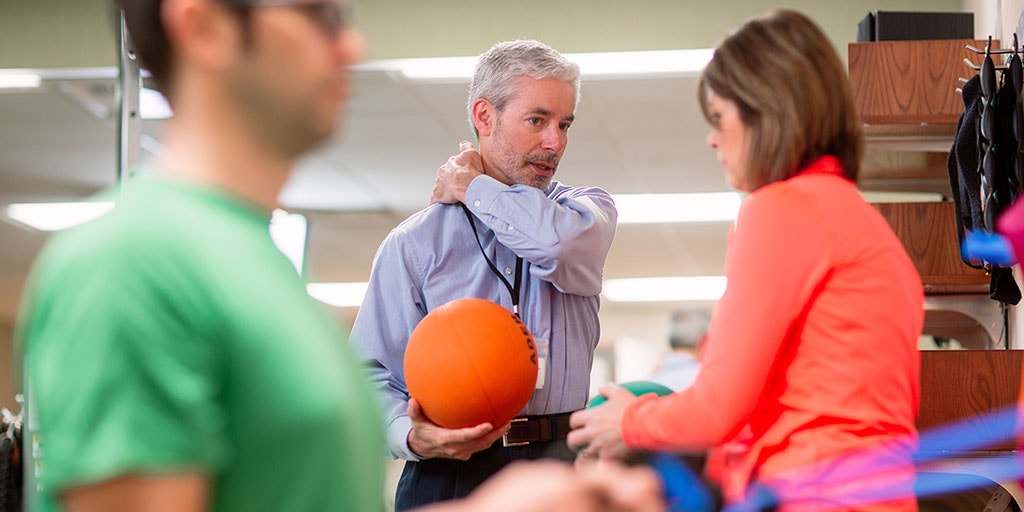Enhancing Recovery Via Physical Treatment After Operation
Enhancing Recovery Via Physical Treatment After Operation
Blog Article
Rehabilitating from surgery can be a challenging journey, but physical therapy plays a vital role in helping individuals recover their strength and movement. After surgery, the body needs time to recover, and physical therapy provides a structured approach to recovery. This method not only focuses on physical rehabilitation but also emphasizes the significance of mental well-being. By participating in physical therapy, patients can enable themselves to manage of their recovery and improve their overall quality of life.
Rehabilitation after an operation typically begins with an assessment by a licensed physical therapist. This professional evaluates the patient's condition, including their range of movement, power, and pain levels. Based on this assessment, a personalized treatment plan is created. This plan may consist of workouts to enhance flexibility, muscle-building to restore muscle, and methods to improve balance and coordination. The therapist will guide the patient through these workouts, making sure they are executed safely and efficiently. This customized approach helps patients progress at their own speed while meeting their specific requirements.
One of the key benefits of physical therapy is pain management. After the procedure, many patients feel pain or discomfort, which can impede their ability to function and participate in daily tasks. Physical therapists use different methods, such as manual therapy, modalities like heat or ice, and targeted workouts, to help reduce pain. By managing pain effectively, patients can engage more fully in their recovery workouts, leading to quicker recovery. Additionally, understanding how to manage pain can empower patients to take an active role in their recovery process.
Another important aspect of physical therapy is education. Patients are taught about their status, the recovery process, and the importance of adhering to their recovery program. This understanding helps patients understand what to expect during healing and the role they have in their own healing. Physical therapists also offer guidance on how to adjust daily tasks to prevent further injury and encourage healing. This informative component encourages a sense of self-sufficiency and assurance, allowing patients to feel more in control of their recovery journey.
In summary, physical therapy is an essential component of healing after an operation. It not only assists in physical rehabilitation but also promotes emotional and emotional well-being. Through personalized treatment plans, discomfort management personal training for outdoor activities techniques, and educational support, physical therapy enables patients to take charge of their healing. By proactively participating in their rehabilitation, individuals can recover their power, improve their movement, and improve their overall quality of life. Accepting rehabilitation after surgery can lead to a positive and rewarding recovery experience.